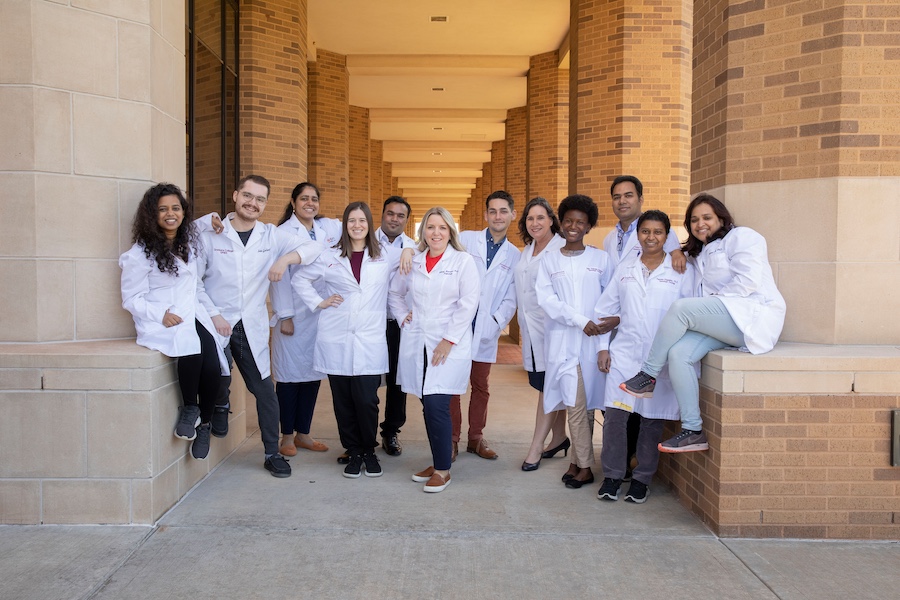(September 14, 2018) A study published in Cell Metabolism explores the use of glycogen by ovarian cancer tumor cells, specifically in an area where metastasis happens quickly, the omentum. The omentum, or fatty tissue in the abdomen, is used by the cancer cells for the energy-heavy fat cells to grow. Once that energy source is exhausted, the tumor uses cancer-associated fibroblasts (CAFs) in order to communicate with the glycogen residing in the cancer cells. That communication between them signals the mobilization of the glycogen, which is converted into sugar and used as a new source of energy. This, in turn, supports tumor growth by increasing blood flow and making it more aggressive.
Further research into the role that CAFs and glycogen play in metastasis could be important for future treatment strategies. The authors of the study suggest that future therapies could focus on the inhibition of this glycogen mobilization.
Senior author and OCRFA Scientific Advisory Committee member Ernst Lengyel, MD, PhD, said of the study, “No systematic study of the signaling pathways initiated by human cancer cells and cancer-associated fibroblasts has been performed,” adding that, “We think this could have significant clinical implications.”


